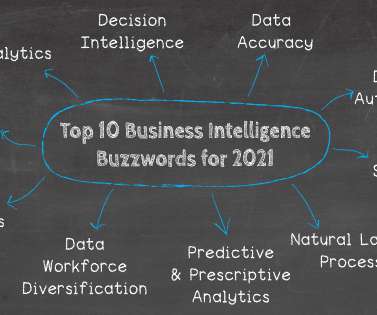9 CRM trends for 2024
CIO Business Intelligence
JANUARY 12, 2024
And a lot of that comes down to the vast amounts of customer data CRM systems contain and their capabilities for pulling insights from that data through AI and machine learning — functionality that is becoming increasingly vital for enterprises across nearly every industry. Another important application of ML/AI is data analytics.














Let's personalize your content